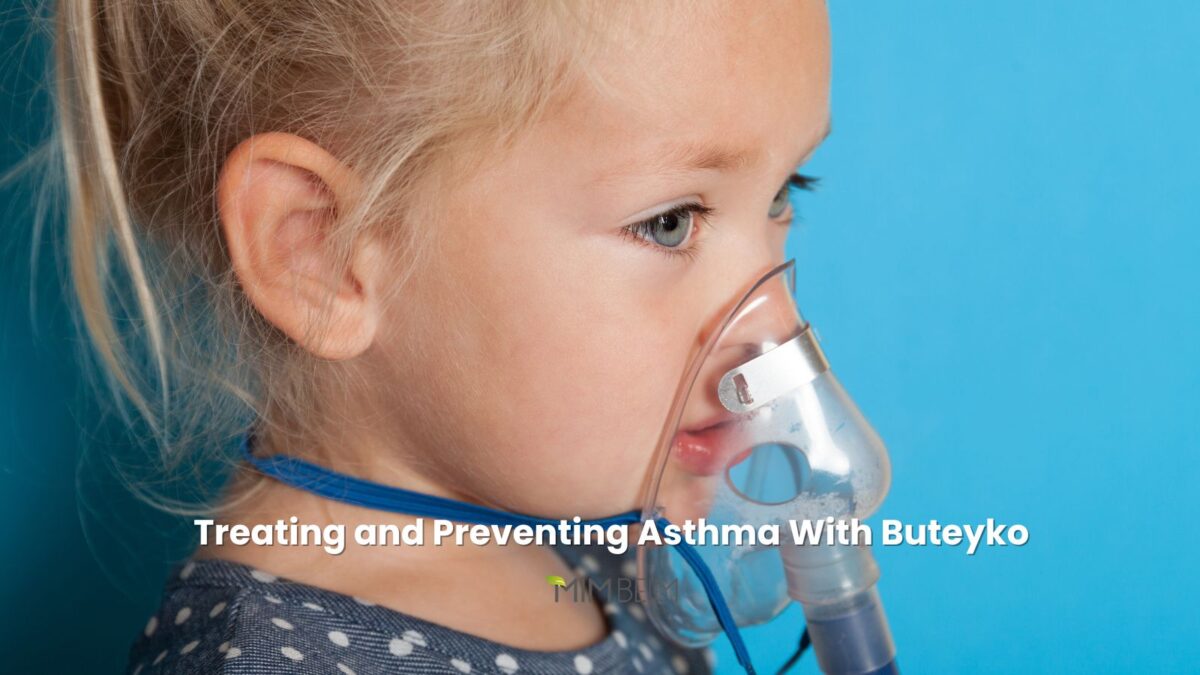
Asthma is not a new affliction. Over 1000 years ago, Moses Maimonides, a renowned Rabbi, philosopher, and physician, wrote A Treatise of Asthma, describing how symptoms often start with a common cold during wet months. His recommended treatments—seeking a dry climate, plenty of sleep, fluids, and chicken soup—reflect a timeless, holistic approach.
Today, we understand the mechanism: asthma occurs when the airways, reacting to a trigger, become inflamed and swollen. Cells lining the airways release sticky mucus and inflammatory substances, such as histamine, which can cause constriction and reduced airflow. The wheezing sound is air attempting to leave narrowed airways, and the cough is the lungs trying to expel mucus. Critically, the fear associated with not being able to breathe makes the muscles around the chest, throat, neck, and shoulders tense, restricting airflow even more. This guide integrates Maimonides’ wisdom with modern science and the proven Buteyko Method to offer a path to natural asthma relief and long-term prevention.
Asthma is typically set off by an accumulation of several triggers. Like the straw that breaks the camel’s back, one little extra thing is enough to tip the balance. If you are under stress or getting over a cold, a minor trigger that you usually tolerate could cause a full attack.
An episode of asthma is often set off by the body’s reaction to environmental, dietary, and physical stressors.
Category | Common Triggers |
Environmental Triggers | Pollen, animal dander, cockroach droppings, cigarette smoke, household chemicals (e.g., oven cleaners), change of season, mould, cold air, humidity, petrol fumes, and dust mites. |
Food & Chemical Sensitivities | Milk, chocolate, peanuts, wheat, and citrus. Chemical additives such as Monosodium glutamate (MSG), sulphites (in wine/dried fruit), histamines (in red wine/blue cheese/tuna), and food colourings like tartrazine (red 102). |
Physical & Emotional Triggers | Exercise, respiratory infections (cold, bronchitis, sinus), sudden temperature or barometric changes, back problems, poor posture, stress, and even strong emotional expressions like laughing and crying. |
Asthma is potentially fatal, so do not meddle with any prescribed medication. Cortisone, in particular, must be phased out slowly and under medical supervision. The following natural asthma remedies may be used in conjunction with conventional medical treatment. Do not discontinue your medication before consulting with your practitioner.
Diet plays a foundational role in reducing systemic inflammation.
Targeted Nutritional and Herbal Remedies
Although breathing retraining using the Buteyko Breathing Method is ‘best practice’, the following list of supplements and herbs may benefit asthma. Very often, you can find a tablet that has a combination of a few of these remedies that work synergistically.
Supplement/Herb | Dosage & Benefit |
Magnesium | Magnesium is a muscle relaxant, helping to keep airways relaxed and open. For children, the tissue salt Mag phos may be sufficient. Magnesium glycinate or magnesium citrate forms preferred. |
Vitamin C | Has natural antihistamine powers. 1,000 mg of powder dissolved in water may abort an attack if it is imminent. Adjust the dose for children. |
Zinc | Zinc is vital for immune system strength and helps the body fight off respiratory infections that often trigger asthma symptoms. It plays a critical role in healing tissue integrity, supporting the health of the lining in your respiratory tract. |
Quercetin | Quercetin is a natural anti-inflammatory that is excellent for asthma, and also any upper respiratory tract symptoms, including hayfever and sinus. |
Vitamins A & D | Important for the health of lung tissue. You can take Vitamin D and A separately. However, cod liver oil does have vitamins A and D naturally, as well as some anti-inflammatory omega 3 fatty acids. Great for children. |
Immune Herbs | Helping keep the immune system strong is important for the asthmatic, as an infection often triggers or worsens symptoms. The following herbs are great at keeping the immune system in tip top shape. Astragalus, Andrographis and Cordyceps. During an infection, use herbs including l thyme, white horehound, elecampane, licuorice (Australian spelling), and mullein. |
The most powerful long-term preventative measure for asthma involves correcting the underlying dysfunctional breathing that contributes to airway sensitivity.
The Buteyko Method is a proven technique for reducing symptoms and preventing asthma. It can be literally a life-saving course to take. Courses are recommended for adults and children over 12yo. One to one consultations are recommended for children over 7yo.
Asthma is not merely a condition to be managed with puffers; it is a signal that your body’s regulatory systems—from breathing mechanics to inflammation—are out of balance. The integration of time-honoured Naturopathic wisdom and the scientifically proven Buteyko Method offers a powerful, comprehensive strategy for prevention and long-term control. By addressing the root cause of dysfunctional breathing and inflammation, you gain the tools to manage symptoms, potentially reduce your need for bronchodilators and steroids, and dramatically improve your quality of life. Take the step to become the primary agent in your respiratory health.
Ready to gain control with Buteyko techniques? Choose your next step:
Inefficient breathing (chronic over-breathing) is often the missing foundational habit that drives systemic stress, poor sleep, and anxiety.
Learn how to quickly normalise your breathing volume to calm your nervous system and improve your overall systemic health.